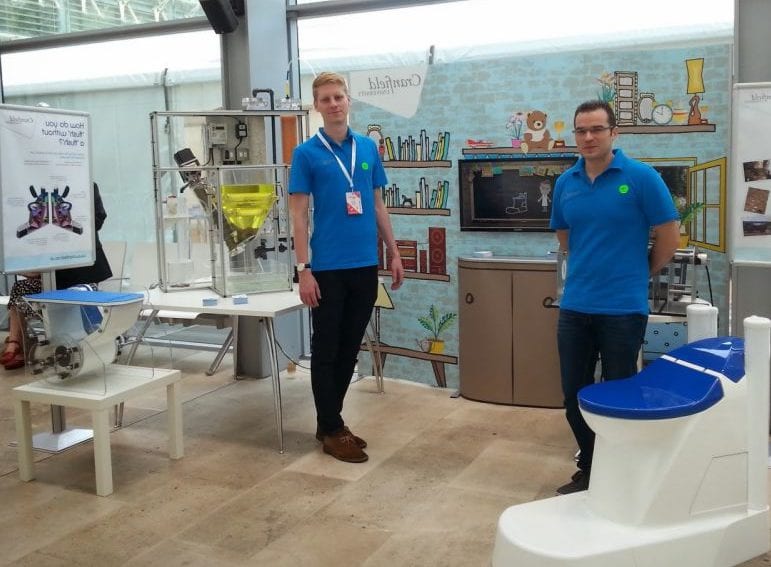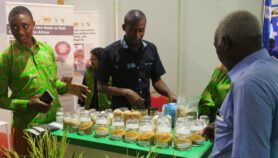Send to a friend
The details you provide on this page will not be used to send unsolicited email, and will not be sold to a 3rd party. See privacy policy.
A cheap toilet design that requires no water or external energy to process human waste is to be trialled next year in Africa, possibly in Ghana.
Currently, 2.3 billion people have no access to safe, hygienic toilets because many countries lack the money and infrastructure to provide them. The Nano Membrane Toilet — which is estimated to cost less than 5 US cents per person per day — could ease this problem, say its inventors at Cranfield University in the United Kingdom.
After using the toilet, urine and faeces are removed by a rotating chamber. The waste is then filtered through a nanotechnology membrane with holes just big enough for pure water molecules. The solid waste and pathogens, which are too big to pass through the membrane, are diverted into a different chamber.
“Any transformational technology must be aspirational, accessible and affordable, especially in isolated, marginalised areas.”
Carolynne Wheeler, WaterAid
This second chamber, the gasifier, is where the solid waste is meant to be incinerated to generate heat that can be used to power the toilet. However, this part of the innovation is still being worked on, according to the Cranfield team.
The water the toilet produces is potable, the researchers say. The only waste product is ash from the burning of the solid matter, which can be safely added to the household waste. The process may produce enough surplus energy to charge small appliances such as mobile phones, according to the inventors.

Photo credit: Ross Tierney
The toilet, one of the responses to the Bill & Melinda Gates Foundation’s Reinvent the Toilet Challenge, a programme launched in 2011, could be on sale in a few years, its inventors hope.
Other green toilet solutions have been criticised for being too high tech, expensive or fragile.
Cranfield researcher Alison Parker says none of the individual components are expensive. “All the material is off-the-shelf, including the membrane,” she says. The toilet would be rented to households through a local company, spreading the cost over a longer period to stay within the constraint set as part of the Gate Foundation’s challenge of five cents per user a day, including servicing costs, she adds.
Carolynne Wheeler, lead author of a report by charity WaterAid on the state of the world’s toilets that was issued last week to mark World Toilet Day, says the design “could be promising in certain contexts such as in Nigeria — a middle-income country where the sanitation situation is regressing, even in urban areas”.
Wheeler says some people would rather go outdoors than use a smelly room inside their house, so the new toilet’s odourless feature is attractive. “Any transformational technology must be aspirational, accessible and affordable, especially in isolated, marginalised areas,” she adds.
Trials of the Nano Membrane Toilet may be conducted with the Clean Team, a sanitation business in Ghana that has already helped research consumer interest in the toilet in the southern city of Kumasi.Every year, 314,000 children under five die because of poor water quality, sanitation and hygiene, WaterAid says. Women are also vulnerable to rape as they venture into the open to relieve themselves.
References
It’s no joke: the state of the world’s toilets 2015 (WaterAid, 19 November 2015)














